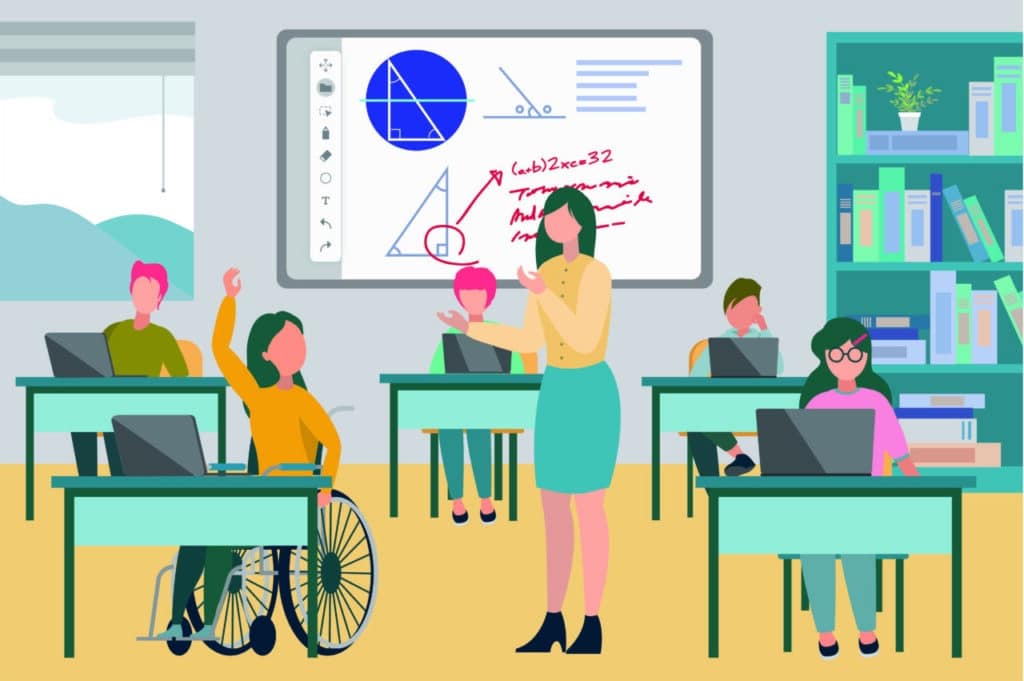The role of technology in special education

In today's rapidly evolving educational landscape, the integration of digital tools and resources has revolutionized the way we approach teaching and learning, particularly for students with special needs. This article delves into the transformative role of digital innovations in enhancing education for learners with disabilities.
By exploring a variety of technological advancements, we aim to offer valuable insights into how these tools not only cater to diverse learning styles and needs but also foster an inclusive educational environment. From assistive technologies to digital content and platforms, we'll examine their impact on students' learning outcomes and overall development.
The Impact of Digital Innovations on Inclusive Learning
Work-life balance is a critical aspect in the realm of special education, where educators strive to tailor their approaches to meet the unique needs of each learner. Technology plays a crucial role in this endeavor, offering varied resources that can be customized to support different learning styles and challenges.
Assistive technologies, such as text-to-speech software and interactive whiteboards, enable students with visual, hearing, or cognitive impairments to engage with the curriculum on an equal footing with their peers. Such tools not only improve accessibility but also empower students to participate fully in classroom activities.
Incorporating technology into special education requires thoughtful consideration of each student's individual needs. By doing so, educators can create a learning environment that is both supportive and challenging, encouraging students to reach their full potential.
For more insight into how technology can enhance learning for students with disabilities, consider exploring Enhancing learning for students with disabilities.
Technological Resources for Diverse Learning Needs
Adapting educational content and teaching strategies to accommodate diverse learning needs is another way technology supports special education. Customizable software and applications provide educators with the tools to modify lessons, ensuring all students can comprehend and engage with the material.
Interactive platforms and games not only make learning more enjoyable for students with special needs but also improve their cognitive and social skills. Technology offers unique opportunities for student collaboration, peer support, and engagement with broader educational communities.
For a comprehensive list of resources supporting inclusive education through technology, refer to Tech tools that support inclusive education.
Empowering Educators Through Technology
Technology not only benefits students but also empowers educators by providing them with a vast array of resources. Online professional development courses and forums allow teachers to share strategies, seek advice, and discover new technologies tailored to special education.
By embracing technology, educators can leverage innovative teaching methods and materials to enhance their instruction and impact on student achievement.
Moreover, data-driven software solutions enable educators to monitor students' progress, identify areas of need, and adjust instruction accordingly, ensuring a personalized learning experience for each student.
Educational technology thus serves as a bridge between traditional teaching methods and the future of special education, offering new avenues for growth and achievement.
Case Studies: Success Stories in Technology Integration
To understand the practical implications and benefits of technology in special education, examining real-world examples is invaluable. Case studies reveal how schools and educators have successfully integrated technology to support students with special needs.
These success stories highlight the innovative approaches and strategies used to overcome educational barriers, demonstrating the potential of technology to make a genuine difference in students' lives.
For an in-depth look into successful technology integration within special education settings, visit Case studies of technology use in special education.
In conclusion, the integration of technology in special education offers immeasurable benefits, not only for students with special needs but also for educators. By harnessing the power of digital tools and resources, we can create an inclusive, engaging, and supportive learning environment for all students. The journey towards fully integrating technology into special education is ongoing, but the progress made thus far provides a hopeful glimpse into a future where all learners have the opportunity to succeed and thrive.

Related